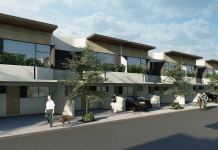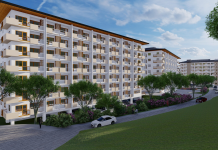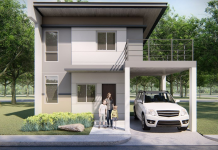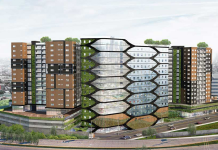The start of 2022 saw a flurry of investment activity in Asia Pacific with all signs pointing to a post-COVID recovery. That was, unfortunately, derailed by inflation, higher interest rates and geopolitical conflict with these concerns all set to spill over into next year.
CBRE recently highlighted three Asia Pacific real estate investment strategies for 2023 that take into account approach and risk appetite, among other factors. Each one provides investors with a roadmap on how to potentially address what looks to be an increasingly uncertain 12 months.
Conformist Investment Strategies
This concept encourages the purchase of high-quality prime office properties, logistics assets and multifamily properties in select locations. Each asset group offers the potential for yields but these may be lower than the other strategies which come with additional risk.
Contrarian Investment Strategies
The strategy here proposes the early disposal of logistics and multifamily investments which will be in demand. Proceeds should then go towards the purchase of hotels or retail properties. The former is set to benefit from a gradual recovery in international tourism driven by pent up demand while rents in the latter have largely bottomed-out and will likely rebound.
Vintage Investment Strategies
CBRE explains this strategy as acquiring assets on the public market, such as REITs trading below their NAV and other listed vehicles that are undervalued; debt investment and distressed opportunities; or blue-chip assets which may be discounted but won’t be for much longer.
Overall, CBRE believes each of these Asia Pacific real estate investment strategies can be deployed successfully in 2023 despite global challenges.
Read More: Data Centers May Be The Philippine Real Estate Industry’s Next Big Growth Area
Singapore named Asia-Pacific’s top city for green commercial real estate
Singapore was named Asia-Pacific’s top city for green commercial real estate in a new Knight Frank report due to its low carbon emissions per person, ample green spaces and low urbanization pressures. However, only one other Southeast Asia city managed to finish in the top-20 with the region having more work to do in this area.
Three Australian cities placed in the top-five with Sydney (second), Perth (fourth) and Melbourne (fifth) all recognized. Wellington, New Zealand finished third. All of Asia-Pacific’s top cities for green commercial real estate shared similar attributes but are unique in their own ways.
“Singapore stands out due to a comprehensive green building certification scheme and an ambitious plan to become a low-carbon built environment. Liveable cities like Sydney and Wellington boast ample green spaces that have been critical for inhabitants during prolonged lockdowns, providing a reprieve from highly urbanized lifestyles,” Christine Li, Knight Frank Head of Research, Asia-Pacific, said.





















